Tennis
US Open: The eternal dominance of the Big Four at the US Open continues?
Since Rafael Nadal won his first French Open title as a teenager in 2005, the Grand Slam competitions have been dominated almost paralyzingly by the absolute superstars. Rafael Nadal, Roger Federer, Novak Djokovic, Andy Murray. Will the eternal dominance of the Big Four continue at the US Open starting Monday?
The Internet encyclopedia “Wikipedia” has been listing the sporty entry “Big Four” for some time now. It neatly lists how bright the younger tennis past was for a small group of elite players – and how sad and frustrating for the rest of the professional players in the global traveling circus. Since Rafael Nadal won his first French Open title as a teenager in 2005, the Grand Slam competitions have been dominated almost paralyzingly by the absolute superstars.
In addition to Roger Federer, Novak Djokovic, Andy Murray and Nadal, including three-time major winner Stan Wawrinka, there have only been two victorious outsiders in the last thirteen years: Juan Martin del Potro at the 2009 US Open and Marin Cilic in New York 2016.
No wonder that for the upcoming Grand Slam spectacle in the Big Apple the usual suspects are once again among the title contenders and bet favorites: Djokovic especially – after his strong comeback. But also Federer and Nadal, the old Titans, who once opened the supremacy of only a few professionals with their duel.
Hundreds of rivals have failed in the last decade due to the dominance of Federer and Co., many of them have long since retired. No one outside the Big Four or Big Five ever made it to the top of the world rankings, several tennis years have been in the great shadow of the Capitanos throughout their careers.
Just how much the superiority influences and strains even the younger nomadic players is shown by the example of the exceptional German talent Alexander Zverev – since he took his first professional steps in the tennis tingelkosmos, outstanding results were demanded of him especially at the Grand Slam tournaments.
The fact that he occasionally failed at 20 or 21 on a major level early was more and more acknowledged with an alarmed undertone – and the question: Can this Zverev become something big, can he do something big? Or does he join the phalanx of the rebounded, into the colleagues distanced from the top greats?
It seemed as if Zverev was already at the end of his career, not just at the beginning. “You have to leave the church in the village,” says Boris Becker, the three-time Wimbledon winner, “this whole next generation hasn’t learned yet. “Her career is just beginning, and there will always be setbacks.”
Zverev himself, however, is not so patient as he has now hired Ivan Lendl as coach. Does this increase the chance of winning one of the big pots? Or does the risk of failure increase?
Actually, the time horizon for careers in the tennis business has changed noticeably in recent years. Many players achieve their strongest performances much later, many stay on the tour well into their thirties. A small Ü30 faction has almost become a majority in many competitions, even all of the elite are beyond the 30th Their superiority in the Grand Slams is no coincidence, because like nowhere else in the tennis world experience, tactical skill, the right match management and the self-confidence distilled in many years count on the big stages.
Nothing at Grand Slams can replace the feeling and the knowledge of having bitten through everyone and everything. “The first victory is the hardest ever,” says John McEnroe, once such an ingenious American, “but when you play with the Federers and Nadals in a generation, it’s almost impossible. For many youngsters it was “extremely frustrating”, says BigMac, “when Federer and Nadal immediately won Grand Slams again after their injury comebacks”. And now also Djokovic, he too, after the deepest crisis of his tennis life so far, became the major winner again.
How fair and true is it what Federer, the “Maestro”, recently suggested in an interview – that the so-called Next Generation was not on a similar level as the youngsters around Nadal at that time, in the years after 2005? According to Federer, Nadal had already won 20 tournaments at the age of 19, including the French Open several times.
Such cross-comparisons are rarely helpful, after all, there are also experts who claim that Federer and Nadal did not have nearly as strong competition in their heyday as the aces of the 1980s or even the 1990s.
However, it is clear that Zverev, the Greek Stefanos Tsitsipas, the Canadian Denis Shapavalov or even the erratic Australian Nick Kyrgios – all heads of the next generation – would really refine victories, if they still succeeded, in the slowly ending era of the Big Four. “Later everyone will say: “Well, Federer and Nadal and Djokovic aren’t here either,” said Mats Wilander, the former world number one from Sweden. It would be unfair for the younger ones – and still true.


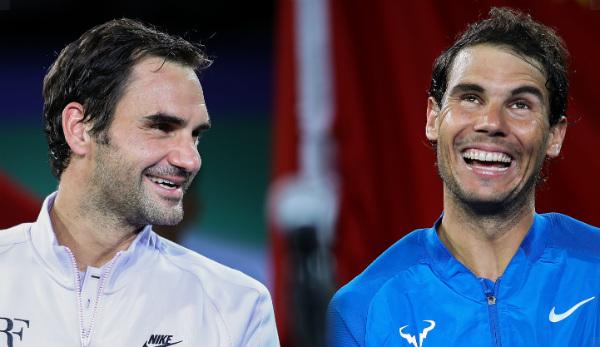



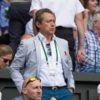

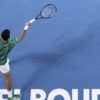

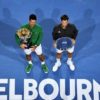

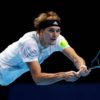
You must be logged in to post a comment Login